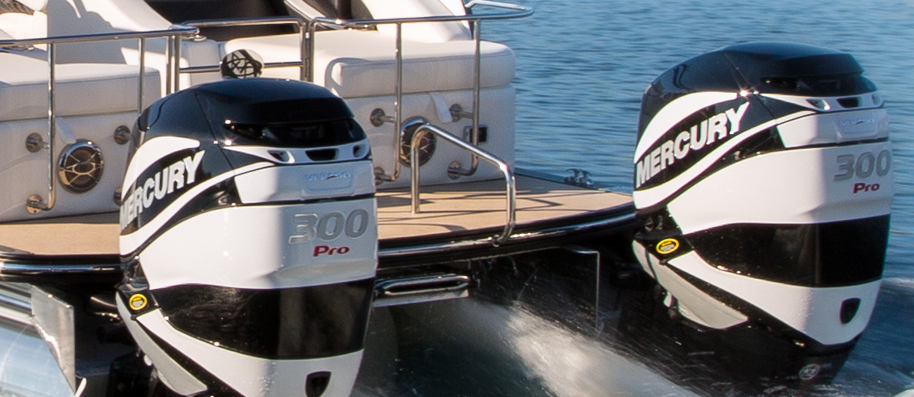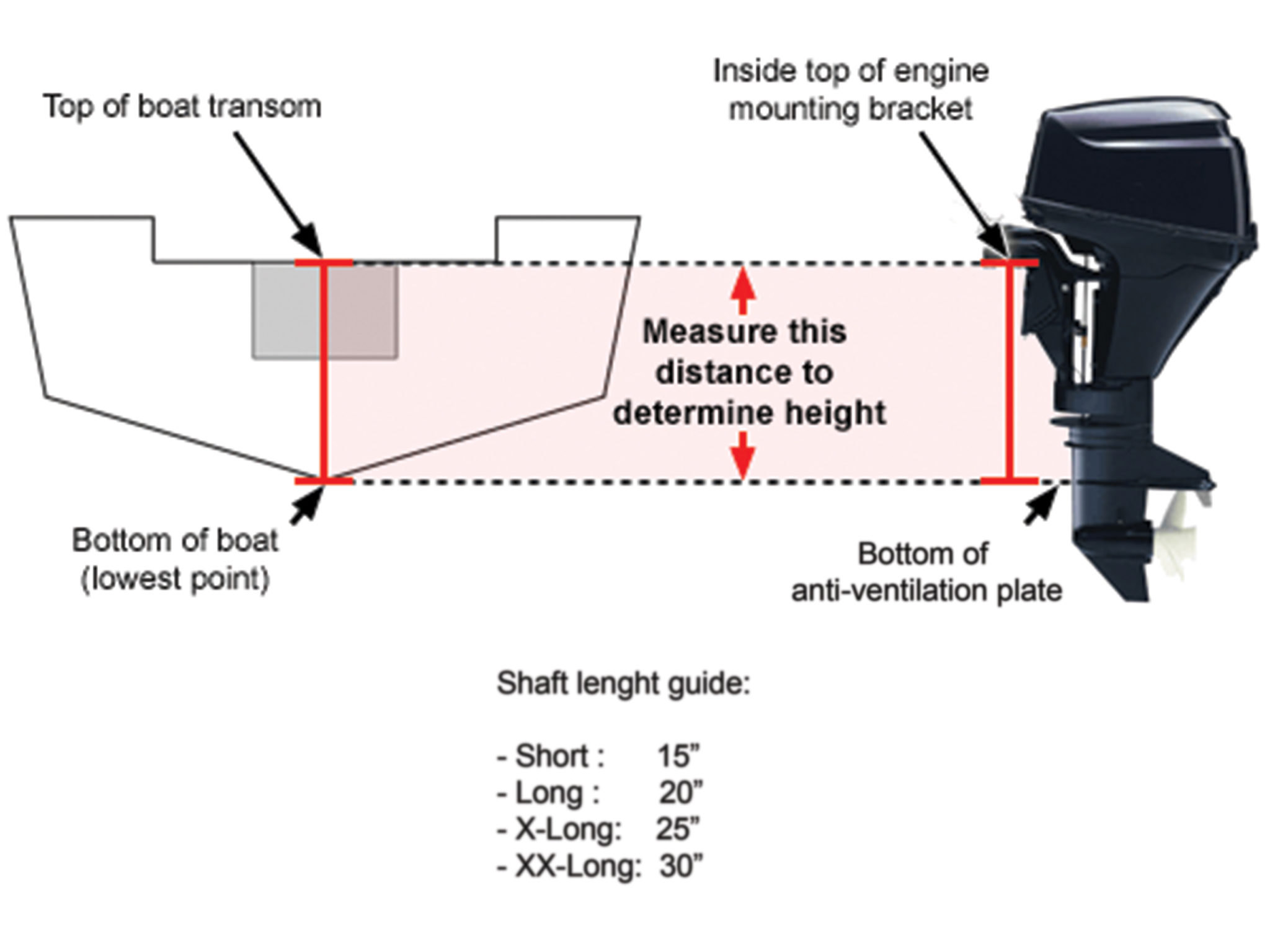
Boat Transom Heights – The Beginner’s Guide
Whether your on a pontoon boat, fishing boat, or speedboat boating is always one of the best times you can have. As summer approaches there will be more boaters taking to the water.
Among them will be first-timers or those who have recently purchased their boats.
Buying a boat can be an exciting purchase. With it comes a lot of responsibility and new things to learn including boat maintenance and boat basics. Here we will guide you in how to get the right boat transom height.
Before we get started let’s see what a boat transom is and what it does. The transom is the flat vertical section at the rear of the boat. It is where the outboard is mounted, and some boat owners place the name of the boat.
The height of the transom is calculated by measuring from the bottom of the hull to the top of the transom, using the center line.
On most newer center consoles and offshore boat transoms might include a rear door leading to a swim platform as well as a molded setback bracket.
Why your boat transom needs to be the right height
It is extremely important that the boater understands the significance of the transom’s height.
The height of the boat transom dictates the size of the outboard motor. The motor is what powers the boat so the two go hand-in-hand.
If the height of the boat transom is off it can cause major issues. A reverse transom that sits too high can impact the propellers of the motor and motor bracket. The propellers will also have trouble reaching the water.
When the boat transom is too low, the motor could end up underwater. This would not be a good thing.
The short and long of transom heights

As mentioned above, the operation of the propeller relies on the transom height. To achieve this, the motor itself has to be attached at the correct height.
Beginning boaters should be aware of the boat’s measurements.
Industry standards dictate that for short shaft engines the transom height should be 15″. A long shaft engine requires a height of 20″ and extra-long shaft engines will need a transom height of 25″.
While this is the case there is certain saltwater motors that are extra extra long at 30″ and 35″ shaft.
Keep these numbers in mind if you ever have a need for a new outboard motor for your boat.
The pros and cons of properly mounting the outboard motor to the transom
Mounting the outboard motor in accordance with the industry standards is important. However, there may be times when a boater strays away from these recommendations.
Knowing how this can affect the overall operation of the boat is a factor to be considered.
Here we look at the effects of standard, lower and higher mounting.
Standard mounting is always best for the beginner
Of course, it’s always best to go with standard practices when choosing the best boat engine.
Generally, the anti-ventilation plate on most engines is aligned with the bottom of the vessel. This is measured by the propeller shaft being parallel to the vessel’s bottom.
The outboard comes with mounting holes and brackets. These are vertically aligned so the boater can make adjustments.
As with anything, there are exceptions to the rule. If you decide to make adjustments, please consult a marine engine dealer about the boat design.
Lower mounting is not for the beginning boater
In lower mounting, the engine is set lower than the recommended standard. Doing this can have adverse effects.
Mounting the motor lower on the boat transom can create excessive spray, increase case drag, reduce underwater clearance, and negatively impact faster boats.
It also cuts into speed and fuel efficiency.
This could also effect your travelling capabilities on the boat trailer. It is possible that the motor could hang low while transporting on the boat trailer causing future boat repairs.
There is a simple test to see if your outboard motor is set at the best height. Simply start with the engine in idle, followed by trimming the motor out by one-half to full trim.
Safely but briskly accelerate. If the propeller fails to ventilate, the motor is mounted to low.
There are instances where a lower mount may be okay. Some fishing boats can handle the motor being underwater. This, however, is not recommended for the beginning boater.
Higher mounting is the most complex
Higher mounting decisions should be left to the professionals. One of the main concerns is causing the engine to overheat if not enough water reaches the engine to keep it cool.
The boater must also consider if the boat transom support is designed to bear the weight of a higher mount. No one wants to have issues with a new transom or boat repairs.
Boaters who consider going with a higher mount can see increased speeds. It can also improve the experience of driving a faster boat.
Increased RPM and additional horsepower feed the need for speed. This alone can outweigh the negatives when deciding to adjust the mount upwards.
On the downside, a higher mount can interfere with the boaters steering capabilities.
All things considered, sticking with the industry standard is best for the beginner. Always weigh the risks of making adjustments.
Calculating your boat’s transom angle
Another important measurement is the transom angle.
The transom angle is the vertical incline of the transom and is measured in degrees. The boat transom can be flat with zero degree angles. Or it can have an angle degree as high as 30.
The average transom angle is around 14 degrees.
Boat transom angles play a pivotal role in the flexibility of the boats trimming abilities.
Trimming in, trimming down, and trimming out are all terms that a beginning boater should learn. Each one has a totally different effect on the boat’s performance.
You don’t have to be a mathematician to determine the correct boat transom angle. However, you will need an understanding of how the degrees will alter the boat’s usability.
It doesn’t matter if you have a fiberglass boat, bay boat, big or small boat. Take your time and understand your boat and your entire transom.
Now that you have a better understanding of boat transom heights it’s time to take out the ruler and get the perfect measurements.
How can Westshore Marine & Leisure help?
If you decide to make some custom adjustments we have the experience and know-how to make it happen.
Whether you already own a boat or looking for your first watercraft we are here to service your needs. If you have a question or need additional information, contact us today.
